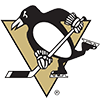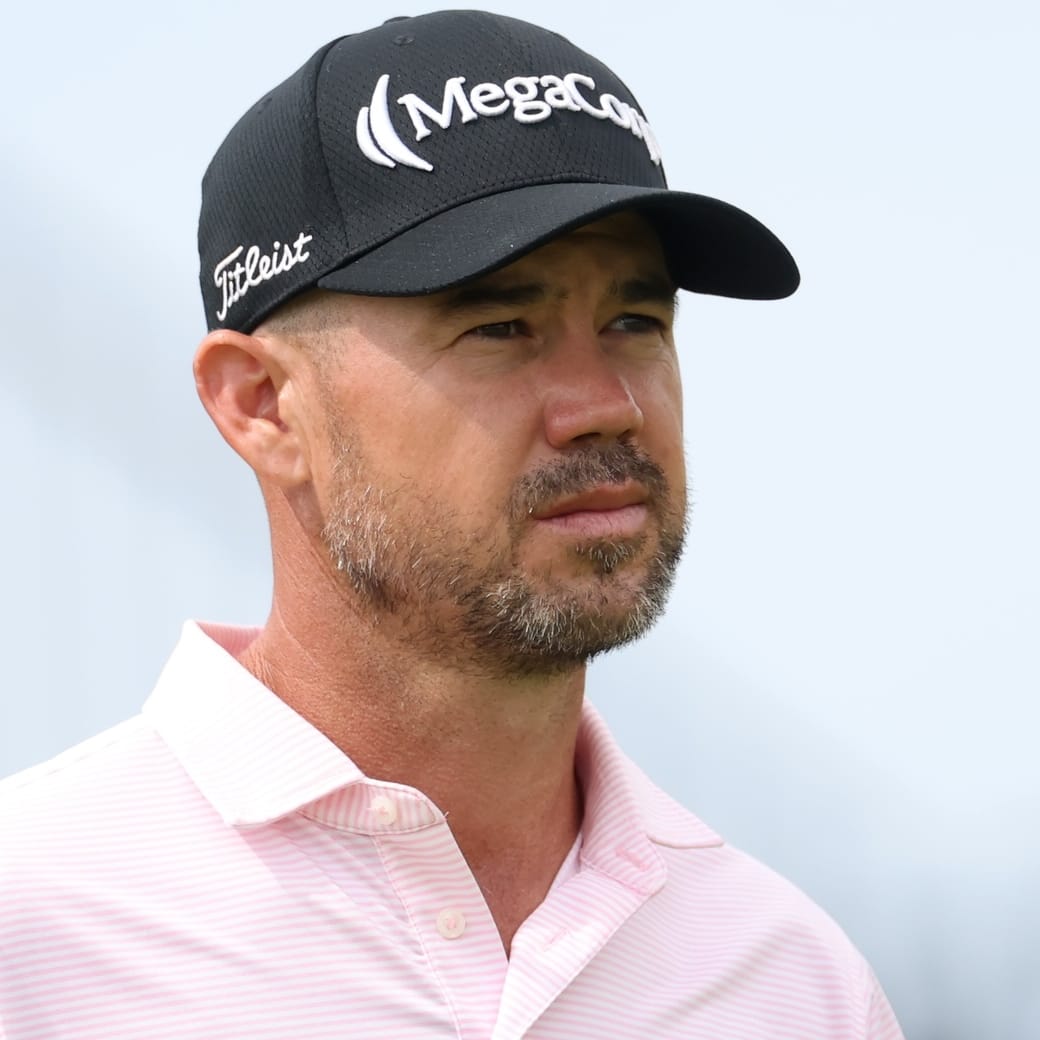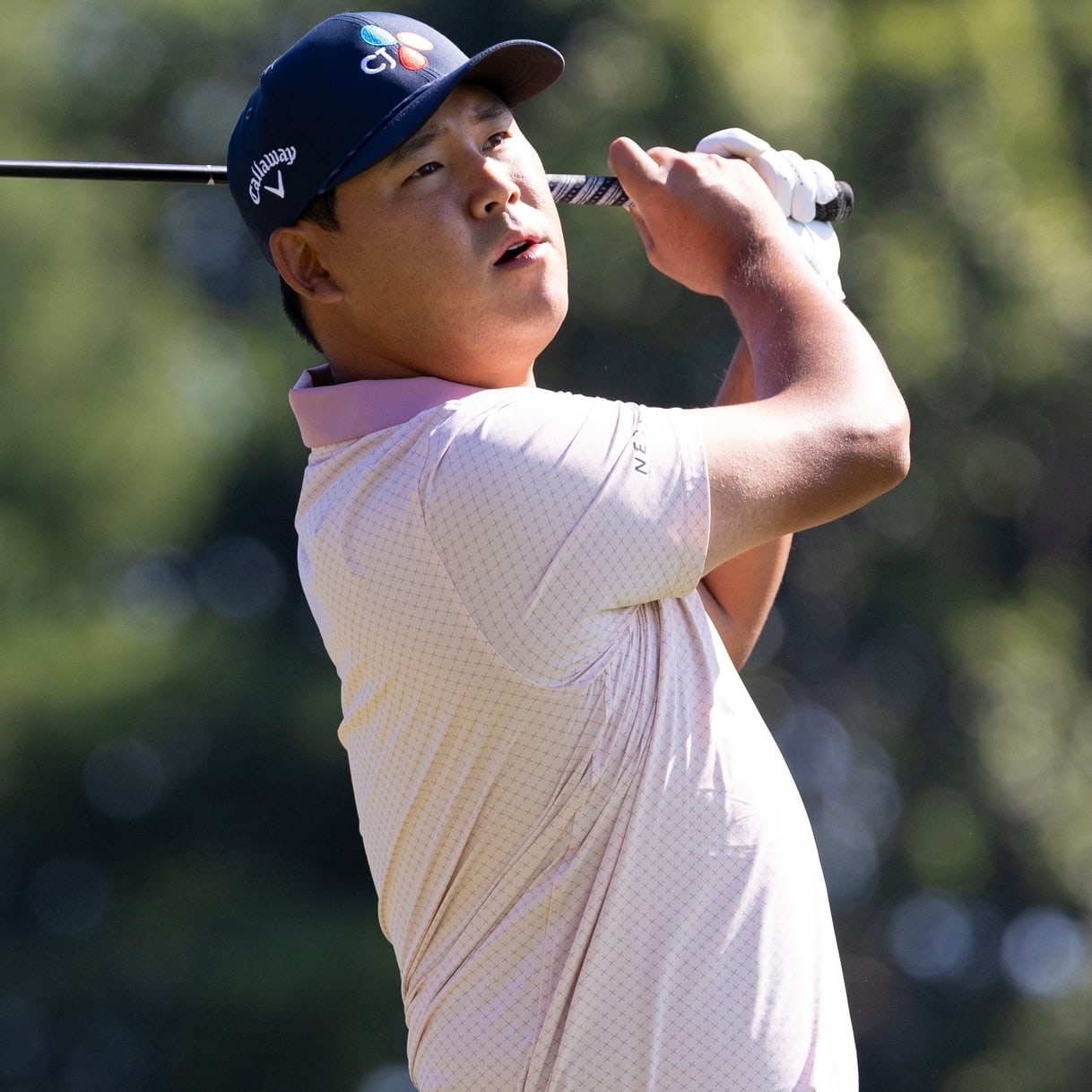Daily fantasy golf is certainly the most popular form of fantasy golf these days. It certainly lets us forget about a bad week instantly as we move on to the next. But being completely candid, I don't know if I would trade it for the season-long league we have with the RotoWire crew. It's been going on for more than two decades and, while some of the names have changed, there's a core that's been around almost the entire time.
A season-long league affords you none of the renewal of DFS — you could be stuck with a bad team for, well, season-long. But the camaraderie with your buddies makes it all worthwhile. Just some years more than others.
So let's figure out a way to make it even more enjoyable — by winning the whole dang thing.
In the RotoWire league, we do an auction draft. We have 14 teams that draft nine golfers each (126 deep), with a budget of $100. We start a maximum of five every week through the Tour Championship and just count up the golfers' earnings when they were active in our lineups. Simple.
We are allowed 10 free-agent moves during the season. Trades are allowed, but they're hard to pull off, just as in all fantasy leagues.
Before getting to the specifics, it's important to point out some things could be different this fall season. With the restart after the shutdown being so concentrated, the top golfers were playing way more than they
Daily fantasy golf is certainly the most popular form of fantasy golf these days. It certainly lets us forget about a bad week instantly as we move on to the next. But being completely candid, I don't know if I would trade it for the season-long league we have with the RotoWire crew. It's been going on for more than two decades and, while some of the names have changed, there's a core that's been around almost the entire time.
A season-long league affords you none of the renewal of DFS — you could be stuck with a bad team for, well, season-long. But the camaraderie with your buddies makes it all worthwhile. Just some years more than others.
So let's figure out a way to make it even more enjoyable — by winning the whole dang thing.
In the RotoWire league, we do an auction draft. We have 14 teams that draft nine golfers each (126 deep), with a budget of $100. We start a maximum of five every week through the Tour Championship and just count up the golfers' earnings when they were active in our lineups. Simple.
We are allowed 10 free-agent moves during the season. Trades are allowed, but they're hard to pull off, just as in all fantasy leagues.
Before getting to the specifics, it's important to point out some things could be different this fall season. With the restart after the shutdown being so concentrated, the top golfers were playing way more than they would've liked. It seems probable they will take some time off during the fall season, while still tuning for the Masters in November. So be prepared.
The PGA Tour announced its 2020-21 season and, because of the pandemic, there are a whopping 50 events on the calendar. The biggest names won't play in half of them.
Overall, there are two rules to play fantasy golf:
Rule No. 1: Do your homework.
Rule No. 2: Your homework is never done.
Whether you are in a snake draft or an auction, a lot of the strategy overlaps. But not all. And, really, this isn't rocket science. A lot of it is basic stuff.
Here goes:
Cheating …
As in, get a Cheat Sheet. For all your fantasy sports, however you play, you have to know all the potential options, who all the players are. Like with running backs in football, there aren't enough top golfers to go around. I always want one and was fortunate enough last season to get Jon Rahm, a guy who I thought was maturing and ready to take the next step. It cost me more than $50. I always want that big bellwether guy, someone who can win every time out and who will give you hope in the majors (the RotoWire league has a majors bonus).
So who are the big guys? Rahm, Dustin Johnson, Justin Thomas and Collin Morikawa for sure. After that, probably Rory McIlroy, Webb Simpson, Bryson DeChambeau and Xander Schauffele. After that, I'm not sure. If you are sure about some others (Patrick Cantlay? Brooks Koepka? Daniel Berger?), go for it. You can check the RotoWire rankings for guidance. The point is, try to get one of those guys. It will probably cost you half your budget.
I'm explaining this from the vantage point of an auction draft because the snake draft is obvious: You pick when it's your turn and you just have to get the best guy.
As you make your way through the draft, auction or snake, here's what to look for as things get deeper: who will play a lot, top-10 and top-25 finishes from the past year, who will make a lot of cuts, who will get into the bigger events (WGCs and majors). And of course, sleepers and busts.
Iron Men
Yes, the first thing to consider is a golfer's results. But if you focus on golfers with strong tee-to-green play — ball striking, strokes gained: approach, strokes gained: tee to green, greens in regulation — they tend to do well over the long haul. You know how much easier it is when you find the fairway in your weekend game? Same thing for the pros (only 150-200 yards farther than for us).
Wedge Game
As you move past the top golfers or even the very good guys, look at the number of top-10 cashes and whether they are qualified for the majors and WGCs. The RotoWire league puts a premium on majors, with a bonus paid out for winning one. No-cut WGCs are guaranteed money. In the RotoWire league, we can start up to five golfers every week. It sucks to have only four, or even three, in those fields. Or any field.
Long Shots
At the bottom, look for cuts made and guys who play a lot. See where a guy sits on the PGA Tour's priority rankings list. The higher up he is, the less chance of getting squeezed out of the smaller invitational fields. The guys who play the most are generally the worst golfers (except for the really bad guys who simply can't get into tournaments). San Antonio or Detroit, for example, may not have the best fields, but if your lesser golfers are playing, they have a puncher's chance to claim a high finish. Every season on the PGA Tour, a bunch of punches connect. Just ask Lanto Griffin, Sebastian Munoz, Michael Thompson, Tyler Duncan, Andrew Landry, Nick Taylor, Richy Werenski and Jim Herman. They all won tournaments in 2019-20 (yes, all NINE of them really did).
"Sophomore" Jinx
A golfer who enjoys his breakthrough season often takes a step back the next year, or he might even take a step back immediately after a win. The money/fame/etc. is life-altering. The bigger the success and the younger the guy, the more likely this could happen. We're not talking just rookies, but it's more likely with them. Compare golfers the last two years. Don't go much further back than that, though.
Auction Specifics
In the RotoWire auction, some owners can't wait to start bidding and owning golfers, making a dent early in the draft. Others like to sit back and see what develops. There's no right or wrong. Just be aware how the draft is unfolding. It can switch gears pretty quickly. Which brings to our next point …
If it's a snake draft, golfers go in order of how good they are. In an auction, good or even great players can go long after the start of the draft. A guy's value will change at various points in the draft, depending on who's been taken, how much money everyone has left and whom you've already drafted. So you need to be able to adjust your thinking. A golfer's value on the course won't change, but his value during the draft will. Pay attention to that, it's very important. One thing we see year after year, if you sit back too long, that last big-name guy up for grabs can end up costing the most, just because he's the last one. Not everyone can get a big-name golfer. And when everyone realizes there's only one left, the price gets jacked.
Know Your History, or You're History
You have to look at history, how a guy has done not only last year, but the past two. A guy could have an off year. His price surely would go down, but chances are you shouldn't dismiss him entirely. If a guy has two bad years in a row, well, then that could be a red flag.
Euros/Internationals
More and more, they are playing stateside. Many are now PGA Tour members while others come just for the big events. In the RotoWire league, we used to stash a Euro just for the majors and WGCs. With more guys playing here full-time, that strategy is antiquated. Almost all of them play a full slate on the PGA Tour, though perhaps not quite as many events because they want to maintain a commitment to and membership on the European Tour.
Two Guys
It's fun to take Tiger, fun to root for him. Same for Spieth. But don't draft them too early or pay too much. Let someone else be that sucker, er, guy.
Head, Not Heart
We touched on it just above. Try to keep emotions out of it. You love Tiger, I get it. Don't simply green-light a guy who did wonderful things for you last year. I have learned to hate just about every guy on Tour — hate is the wrong word, but you get the idea. In fact, if a guy did well for me last year, I think there's no way he can do it again. (Hmm, if you don't like the guys who didn't do well for you and the guys who did do well for you, well, that's a problem, seek counseling). The broader point is, don't pick a guy because you like him, or because you went to the same school, or because he has an awesome Instagram account. Never ends well.
Final Thought
Lastly, keep your wits about you during the draft. Stop. Focus. Breathe. It's easy to get caught up in the fast pace. It's easy to get pissed off if a guy you wanted went one pick before you, or went for more than you could pay. It's like real golf: You can only play one shot at a time. You can only play the next shot. Make sure it's right down the middle.




































